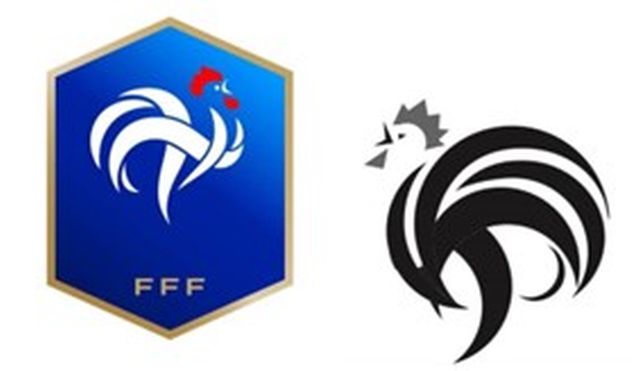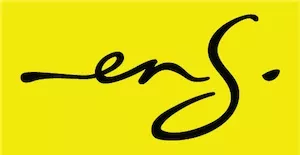- within International Law, Law Department Performance and Cannabis & Hemp topic(s)
This article discusses two recent EU judgments. Both deal with the issue that comes up most often in trade mark law – are the trade marks confusingly similar?
CAR BRANDS
GTA AND GTI
An individual filed an application to register the trade mark GTA for various goods in class 9, including electronic chips for engine controls and electronic control devices, as well as programs for data processing for controlling vehicle technology. Class 12, which is for vehicles, was also covered.
To the surprise of probably very few, Volkswagen filed an opposition based on their German registration for the trade mark GTI in class 12 for motor vehicles and their parts.
The German Patent and Trade Mark Office
The office partially upheld the opposition for the goods in classes 9 and 12. An appeal was filed.
The German Patent Court
The court upheld the appeal for the goods in class 9, however, confirmed the earlier decision as regards goods in class 12 (vehicles). The German Patent Court went through all the gears:
Is GTI a trade mark (badge of origin)?
The applicant requested evidence of use of the trade mark GTI and suggested that it is descriptive of 'gran turismo injection'.
The court accepted that GTI is used to designate sporty cars in general, however, it felt that most consumers would, as a result of VW's significant use of the term GTI, regard it as a badge of origin.It said that consumers are accustomed to seeing several different brands on cars, such as VW Golf and VW Polo. Consumers therefore understand GTI as an independent brand. The court accepted that there had been genuine use of the trade mark GTI for vehicles.
Is the trade mark GTI distinctive?
The court said that GTI is not inherently distinctive because of its descriptiveness, however, it had become distinctive through VW's extensive use of the term.
Are the goods similar?
There was certainly no issue with class 12, vehicles and parts for vehicles – these were identical or at least highly similar. The court felt that the class 9 goods were, at best, 'similar to a low degree' to vehicles. Consumers, said the court, are well aware that car parts are usually supplied by automotive suppliers rather than car manufacturers. The court said that 'the functional relationship between ''vehicles'' and the goods in class 9 of the contested trade mark results in a low degree of similarity'.
Are the trade marks similar?
The court made the following findings:
- Two thirds of the trade marks are identical – the identity 'relates to the beginning... to which consumers pay more attention'. Has any court dealing with a trade mark case ever been so precise!
- The fact that the trade marks are short is irrelevant.
- The trade marks have an average degree of phonetic similarity. The court considered the fact that these short trade marks may not be clearly enunciated.
Is there a likelihood of confusion?
Cars are expensive and people buying them tend to be attentive when outlaying big money, however, the court said many consumers would struggle to distinguish the trade marks GTI and GTA.
VW argued that it has a series of trade marks – GTI, GTE and GTD - and suggested that this would exacerbate the likelihood of confusion. But the court was not convinced – it said that GT is purely descriptive (Gran Turismo).
Does GTI have a reputation?
The court ruled that GTI does not have a significant reputation. It said that competitors have long been using the abbreviation for all sorts of fast cars.
ROOSTER DEVICES
CROWING ROOSTERS - FFF (FEDERATION FRANCAISE de FOOTBALL)
This EU trade mark opposition recently made its way up to the Court of Justice of the European Union (CJEU) involving an application by a company called Kokito to register a Crowing Rooster Device trade mark. The FFF opposed the application based on its Crowing Rooster Device trade mark. The trade marks are shown below:

*Image credit unknown
The opposition succeeded before the European Union Intellectual Property Office (EUIPO). This decision was taken up to the Court of Justice of the European Union (CJEU), which issued its judgment on 15 January 2025. The FFF was successful!
Here are some of the points made in the article:
- Both trade marks incorporate a 'highly stylised impressionistic rooster'.
- The designs are 'conceptually identical'. The article says that 'the conceptual comparison consists in assessing whether the signs contain images with an analogous semantic content. In addition account must be taken of the fact that the average consumer must, as a general rule, place his trust in the imperfect picture of the (trade) marks which he has kept in his mind.'
- The reduction of certain features in the trade marks (like missing feet) increases the likelihood of confusion. Interesting observation!
*Reviewed by Gaelyn Scott, Head of ENS' Intellectual Property Department
The content of this article is intended to provide a general guide to the subject matter. Specialist advice should be sought about your specific circumstances.
[View Source]

